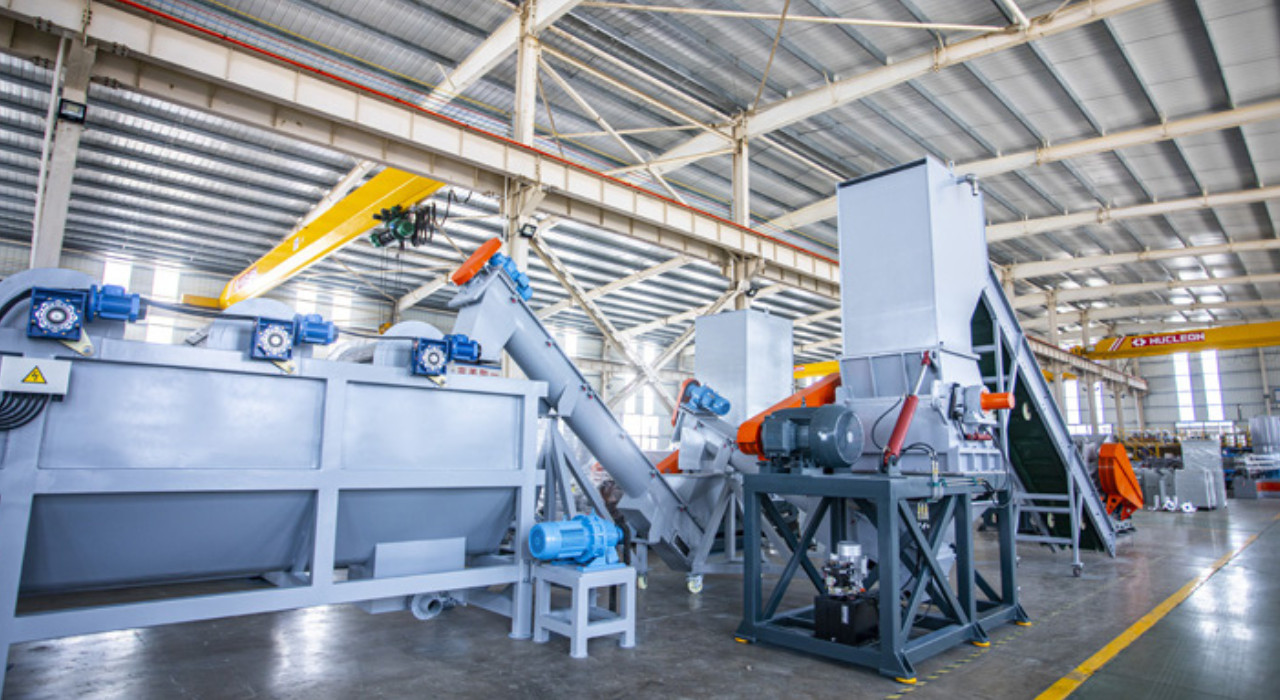Plastic bottle recycling equipment has surged in reputation amid global efforts to deal with plastic pollutants and promote sustainability. As societies confront the environmental effects of plastic waste, those specialized machines have emerged as pivotal in remodeling discarded plastic bottles into treasured assets. Governments globally are enforcing stringent recycling goals, using the demand for advanced equipment capable of successfully processing massive volumes of plastic.
Technological improvements in sorting, shredding, and washing systems have notably increased the efficiency and pleasantness of Plastic Bottle Recycling materials, meeting enterprise standards and customer expectations for sustainability. Moreover, monetary incentives such as decreased landfill prices and the opportunity to secure a strong delivery of recycled materials have spurred companies to spend money on recycling infrastructure.
A Guide to Choosing Recycling Tools for Recycling Plastic Bottles
Choosing suitable recycling equipment for plastic bottles involves evaluating different factors to align with unique operational wishes and dreams. This selection affects processing potential, material quality, strength intake, and universal effectiveness in waste control. For more information, see the details below:
Types of Plastic Bottles Processed
A plastic bottle recycling device must be capable of processing various types of bottles, consisting of polyethylene terephthalate and HDPE, that are usually located in recycling streams. Relying on nearby policies and marketplace demand, equipment may also need to handle other plastics such as LDPE, and PP. Ensuring compatibility with a couple of plastic kinds allows recycling centers to efficaciously manipulate various waste streams and maximize the recuperation of valuable substances for reuse.
Processing Capacity and Throughput
Processing potential and throughput are critical concerns when choosing plastic bottle recycling equipment. Facilities have to verify daily or hourly quantity requirements to determine suitable equipment size and competencies. It’s important to pick a device that can successfully manage predicted processing volumes and accommodate future growth. Scalability is key, ensuring that the system can preserve top-rated overall performance as recycling operations expand. This ensures regular output and operational performance in managing plastic bottle waste.
Performance and Automation
Performance and automation play important roles in present-day plastic bottle recycling equipment. Advanced sorting technology like optical sensors and air classifiers improves sorting accuracy and streamlines operations. Automated systems reduce manual labor and enhance processing speed, ensuring higher throughput and consistent, high-quality recycled substances. Investing in equipment with these talents now not only boosts productivity but also enhances the overall sustainability of recycling operations.
Material Handling and Preparation
Material handling and instruction are critical aspects of the plastic bottle recycling device. Effective shredding and granulation structures break down bottles into conceivable sizes for additional processing. Washing and drying equipment removes contaminants and prepares plastic for the next degree. Selecting equipment with sturdy management capabilities complements ordinary performance and guarantees that recycled substances meet industry standards for reuse in production strategies.
Quality of Output Materials
The exceptional output of output substances from plastic bottle recycling equipment is paramount. The system has to produce high-purity plastic flakes or pellets suitable for the production of new merchandise. Consistency in length, cleanliness, and cloth composition is vital to meeting marketplace needs and regulatory requirements. Advanced processing technologies ensure minimal infection and consistent manipulation throughout the recycling process.
Maintenance and Durability
Protection and durability are crucial issues when choosing a plastic bottle recycling system. Opt for machinery acknowledged for strong creation and reliability to reduce downtime and repair fees. Normal renovation schedules, adhering to producer tips, ensure sturdiness and top-quality overall performance. Access to spare elements and technical assistance similarly enhance equipment durability. A prioritizing system with sturdy warranties and provider agreements facilitates holding operational performance.
Cost Consideration
Cost concerns are pivotal in deciding on a plastic bottle recycling system. Examine initial funding as opposed to long-term operational savings, thinking about elements like electricity efficiency, protection requirements, and labor charges. Compare device charges from respectable producers while assessing capability return on investment (ROI). Do not forget lifecycle fees, together with renovation and restoration charges, to determine the most cost-effective answer.
Conclusion
Choosing the right plastic bottle recycling device involves a complete assessment of technical capabilities, operational requirements, regulatory compliance, and monetary issues. Through prioritizing elements, recycling facilities can choose systems that optimize resource usage and contribute to sustainable waste control practices. Investing in appropriate equipment not only enhances operational efficiency but also helps environmental stewardship by facilitating the conversion of plastic waste into precious raw substances for manufacturing industries.
